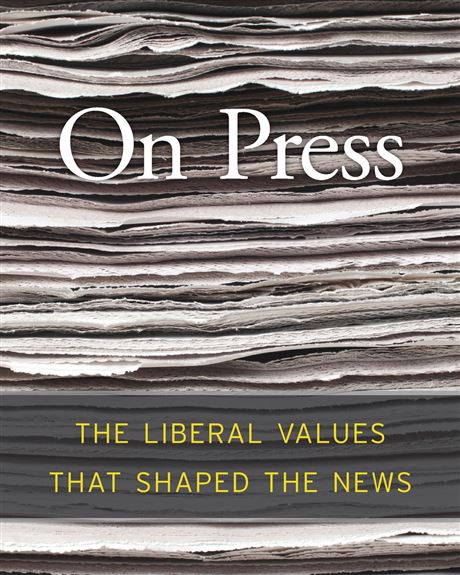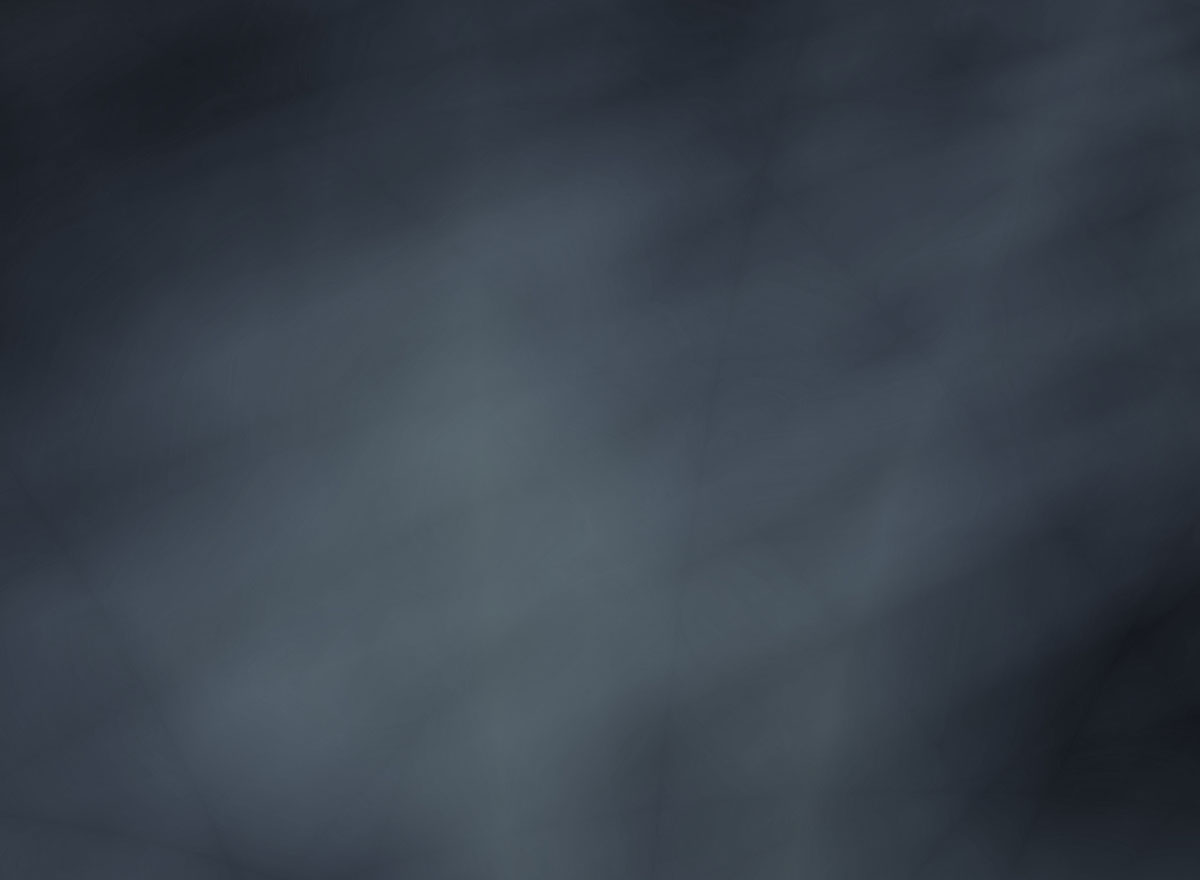Layoffs at McClatchy Co. and a hostile takeover bid for Gannett are fresh reminders that the newspaper industry is tottering on the thin edge of a printer’s knife. After two decades of trial-and-error experiments, and hundreds of billions of dollars in financial losses, the industry still hasn’t found a sustainable business model for the digital age.
Read in tandem, Alan Rusbridger’s “Breaking News: The Remaking of Journalism and Why It Matters” and Matthew Pressman’s “On Press: The Liberal Values That Shaped the News” provide a swell overview of how newspapers came to find themselves in their present pickle. What neither offers is a compelling strategy for how newspapers can replace the lucrative print advertising revenue that has sustained operations since the Industrial Revolution.
“Nobody knows for a certainty what’s going to work with the news business, financially at least,” says Mr. Rusbridger — and he was the editor of a British newspaper that’s been celebrated as one of the industry’s success stories. (He steered the Guardian from Fleet Street also-ran to the 10th most popular English-language digital news site in the world.)
Mr. Pressman, a former magazine writer who now teaches journalism at Seton Hall University, is no more hopeful. But he serves his circumspection in prose as dry as James Bond’s favorite martini. “The press is undergoing the greatest change in its ideals and practices — indeed, the first major change — since the 1970s,” he writes.
Ya think?
Farrar, Straus and Giroux ($28).
Another major point that both books make is this: Yes, newspapers, particularly big city dailies, display a liberal bias — but not for the reason conservatives aver. Their editorial stance is driven not by political dogma but by the pursuit of profits. In other words, newspapers are as capitalistic as General Motors or Apple.
Mr. Pressman does a fabulous job of explaining how newspapers evolved their content to meet the changing values of America’s middle class. From the 1830s until the 1950s, the newspaper industry changed hardly at all. Editorially, newspapers tried to project a false ideology of “objectivity,’’ which was really a euphemism for stenography: dutifully and accurately reporting whatever someone said or did, without bothering to fact-check accuracy or providing context. Embedded in this kind of reporting was an institutional, or conservative, bias that favored establishment figures like politicians and policemen and corporate executives.
Newspaper publishers recognized the baked-in bias but permitted it to continue because it contributed to their business model of building the largest circulation that they could then sell to advertisers. The 100-year-old model cracked after World War II, however, because of two new game-changers: suburbanization and television.
Harvard University Press ($29.95).
The period from 1945-1970 marked a reordering of American society from predominantly conservative to predominantly liberal. Returning soldiers took advantage of the GI Bill and went to college. The economy began to evolve from manufacturing to white-collar services. With the economy booming, upwardly mobile families fled the cramped, dirty industrial cities to the clean, safe suburbs with first-rate public schools.
At the same time, television was encroaching on newspapers’ journalistic primacy — hard news. Why would anyone buy a newspaper when he or she could get the latest information on fires, robberies and council votes immediately on television?
Fully grasping the existential threat posed by this new medium, newspapers quickly adjusted their business model to take advantage of the social, political and economic upheaval. They refocused their editorial content from “objective’’ hard news to more analytical and social news stories, like civil rights and the Black Power movement, the environment, anti-war protests and feminism. They also added more “service” coverage to their features sections, devoting more space to such topics as personal health and arts and home decorating.
“We no longer accept without question the assurance of a utility company engineer that a nuclear power plant site is geologically safe; we also ask an expert representing environmentalists,” Otis Chandler, the Los Angeles Times’ publisher, said in explaining his paper’s shift in coverage.
The new, more adversarial tone infuriated conservatives. It meant that newspapers were no longer simply printing the comments and arguments of the establishment without challenging their accuracy or putting them into context. Alabama Gov. George Wallace, a conservative Democrat, was among the first nationally recognized politicians to accuse the print and broadcast media of a liberal bias. President Richard Nixon and Vice President Spiro Agnew picked up the battle cry and increased the media attacks. But their campaign fizzled when both resigned in disgrace.
Newspapers not only survived the Nixon-Agnew attacks; they thrived. The Watergate scandal made reporters Bob Woodward and Carl Bernstein celebrity heroes and inspired thousands of crusading college students to pick journalism as careers. Ad revenues continued to grow.
Newspapers’ cultural influence has been on the wane since the Reagan Revolution and the rise of conservatism beginning in the late 1970s. Instead of just complaining about liberal bias in the media, conservatives built their own alternative mass media, beginning with Rush Limbaugh and talk radio in the 1990s, followed by Fox News on cable, and internet sites like Drudge Report and Breitbart News.
These conservative media outlets poached some advertising revenue from mainstream media’s deep pockets, but they didn’t really threaten the status quo because they operated under the same business model. Newspapers lost subscribers, but managed to hold onto the most educated, high-income readers — the audience most prized by advertisers. Newspapers moved their content back toward the middle, but it was still to the left of many conservatives’ viewpoints.
It’s the advent of the World Wide Web that has blown up the business model for both print and broadcasting. The tipping point was the Great Recession of 2008. “What had been a slow leak of troubles turned into a gusher,” Mr. Pressman writes. Advertising revenue plummeted from an all-time high of $63.5 billion in 2000 to $23 billion in 2013. During roughly the same period, the number of full-time reporters shrunk by 42 percent.
Mr. Rusbridger cheekily illustrates how Drudge Report, Craigslist and other digital competitors undermined newspapers by comparing their actions to a stealthy insect: the deathwatch beetle. “Deathwatch or powderpost beetles infect hardwood, where, barely detectable, they can remain for years,” Mr. Rusbridger said. “The structures look sound — but have been hollowed out from within and, if you’re really unlucky, turn to dust.”
Mr. Rusbridger, an academic at Oxford, spins a lively yarn from his 40 years in journalism. His memoir is particularly pertinent in revealing how he and his management team repurposed the Guardian for survival in a digital age. The Big Idea: position the Guardian as the premier liberal website in the world. It began with skeptical coverage of the Iraq War and has continued through in-depth coverage of the British phone-hacking scandal involving the Rupert Murdoch empire and the daily contretemps of the Trump Administration.
Mr. Rusbridger and Mr. Pressman seem to agree that the newspaper industry appears to have struck on a sound editorial plan for survival: Use social media to “funnel’’ readers to the main website and sell them a subscription by making them feel like they’re joining a community of like-minded individuals. In marketing lingo, they’re selling a lifestyle and not just a service. That explains the thinking behind the Washington Post’s new slogan: “Democracy Dies in Darkness.”
The problem that still hasn’t been solved is how to generate enough money to make up for all the lost revenue from print advertising. Recent cutbacks at BuzzFeed show that it’s hard to generate sufficient operating revenue from a pure, digital-only business strategy.
A banner ad on a website, or even a video ad, generates only a fraction of the money that a print ad does in the daily or Sunday newspaper. Until that gap can be erased, newspapers will continue to face the same grim future: continual cutbacks until there is nothing left to cut. As the digital media theorist Clay Shirky once said about the future of print journalism, “It’s easier to see what’s broken than what will replace it.”
Steve Halvonik is a former Post-Gazette reporter and editor who teaches journalism at Point Park University.
First Published: April 2, 2019, 12:00 p.m.
















